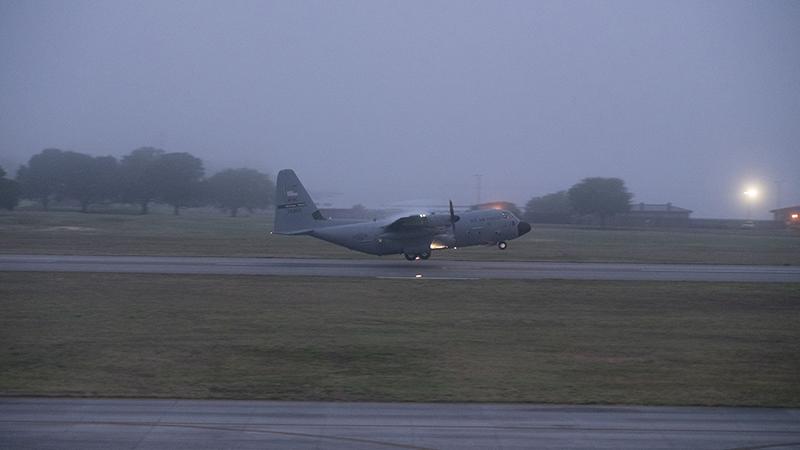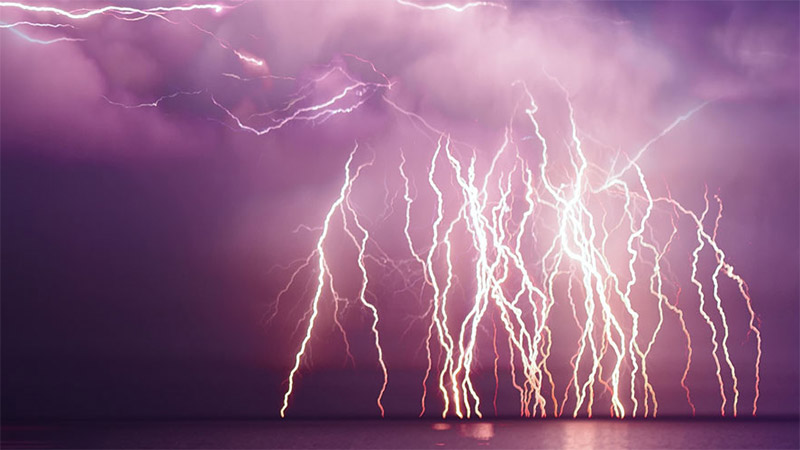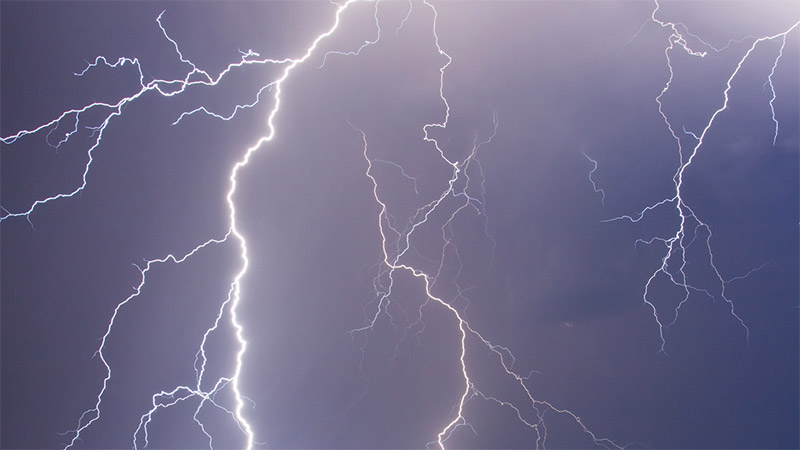Vaisala manufactured dropsondes get an early-season workout
Although the Atlantic hurricane season officially begins on June 1, the US Air Force Reserve Hurricane Hunters were tasked to investigate an area of disturbed weather near The Bahamas on May 16. The National Hurricane Center (NHC) named this tropical storm as Tropical Storm Arthur on May 16, making 2020 the sixth straight year with a named system before the official start of the season.
The Hurricane Hunters fly through tropical disturbances, storms, and hurricanes to collect data that helps meteorologists at the NHC make better forecasts. In recent years, Hurricane Hunters have also flown through winter storms and atmospheric rivers. Among the tools they use are the NCAR Dropsonde NRD41, which are manufactured by Vaisala under license from the University Corporation for Atmospheric Research and uses the same sensor technology found in Vaisala’s RS41 radiosondes.
When dropsondes are released from an aircraft, they begin recording profiles of temperature, humidity, atmospheric pressure, and wind speed and direction. These data provide forecasters with useful information about the environment surrounding a tropical cyclone, the structure of the tropical cyclone, and its intensity.
Around 30 dropsondes are released into a tropical cyclone during a typical mission and are vital for monitoring tropical cyclones. In fact, more than 1,000 dropsondes were released into Hurricane Dorian in 2019. The dropsonde data are also used in weather forecast models, which project the track and strength of the tropical cyclone several days into the future. Dropsondes can improve the performance of the model by around 20%.
Additional tropical cyclone applications for Vaisala technology
Beyond using dropsondes to collect data in tropical cyclones, Vaisala’s technology helps build hurricane- ready nations. Radiosondes are typically launched more frequently to collect more upper-air data for weather models if a tropical cyclone has the potential to make landfall. Vaisala’s National Lightning Detection Network (NLDN) and Global Lightning Dataset GLD360 identify convection and lightning in tropical cyclones. And as tropical cyclones approach land, C-Band and X-Band weather radars allow forecasters to monitor the intensity and structure of the storm, and automatic weather stations provide real-time information about the wind speed and air pressure within the storm. As the Northern Hemisphere tropical cyclone seasons begin, Vaisala’s technology stands ready to support global forecasters.
Main photo credit: A WC-130J Super Hercules aircraft from 53rd Weather Reconnaissance Squadron takes off on May 16, at Keesler Air Force Base, Miss. The Hurricane Hunters departed on their first storm tasking of the 2020 Atlantic hurricane season to investigate an area for possible development into a tropical depression or storm near the Bahamas. (U.S. Air Force photo by Tech. Sgt. Christopher Carranza)




Add new comment